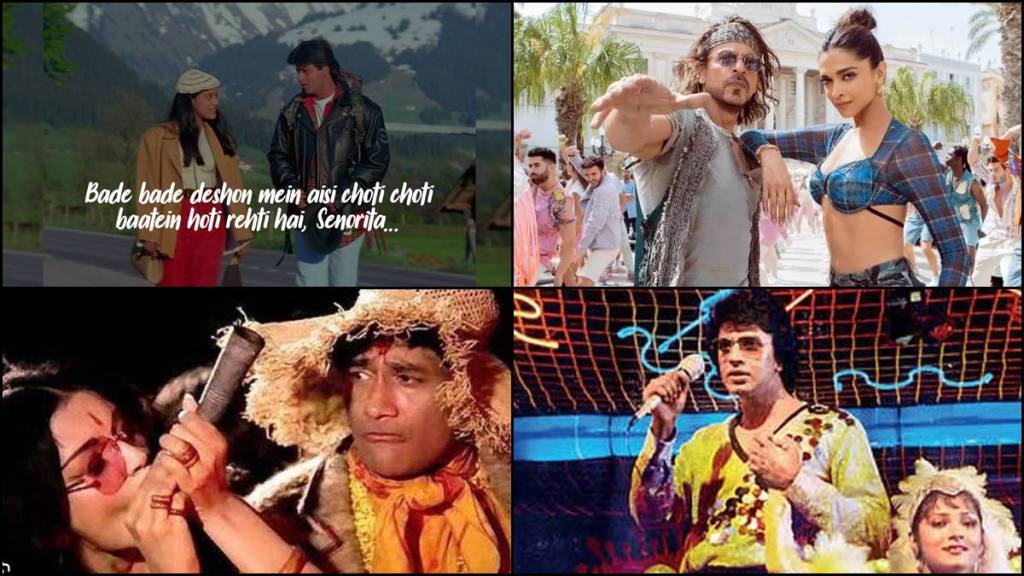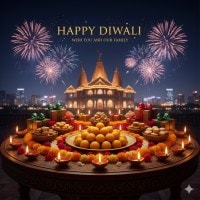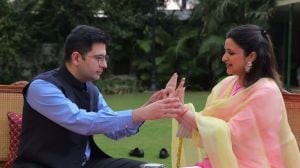By Anand Pandit
In 2015, as a state guest in India, the then US President Barack Obama referenced ‘Dilwale Dulhania Le Jayenge’ to quip, “bade bade deshon mein aisi choti choti baatein hoti rehti hain’. In 2008, Gulzar and AR Rahman’s ‘Jai Ho’ was performed at the Oscars and even won the Best Original Song honour. In 1951, Raj Kapoor’s ‘Awaara’ became a sensational international hit in Asia, Africa, the Caribbean, the Middle East, Eastern Europe, and especially in the Soviet Union where “Awaara Hoon” sung by Mukesh with lyrics by Shailendra, became a rage. The film, I am told, sold over 100 million in the Soviet Union.
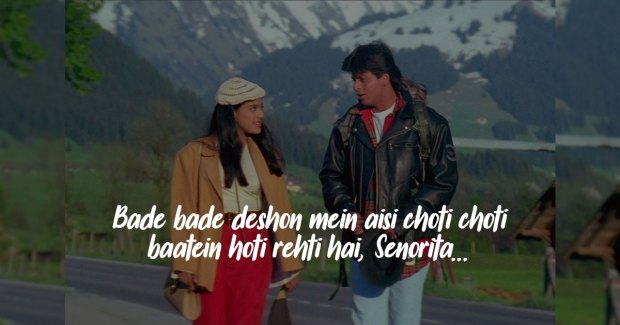
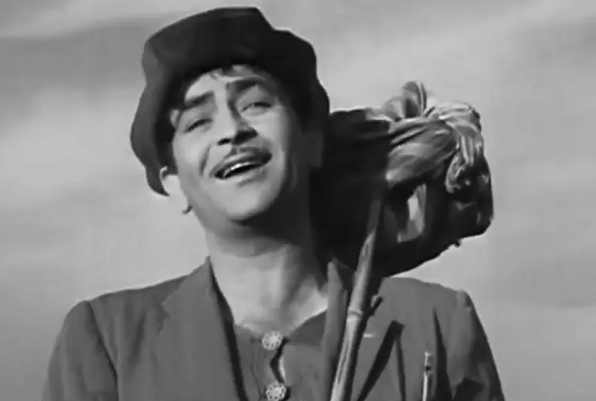
There is also a popular anecdote that in the 80s, the then USSR President Mikhail Gorbachev during a visit to India, said that his daughter was a fan of ‘Disco Dancer’ and Mithun Chakraborty. ‘Disco Dancer’ was also the second highest-grossing film ever in the Soviet Union and the highest-grossing foreign film.
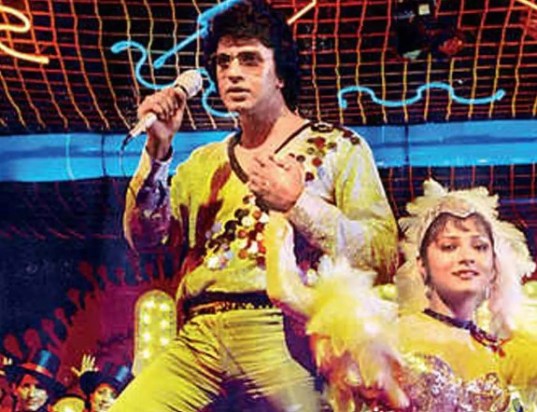
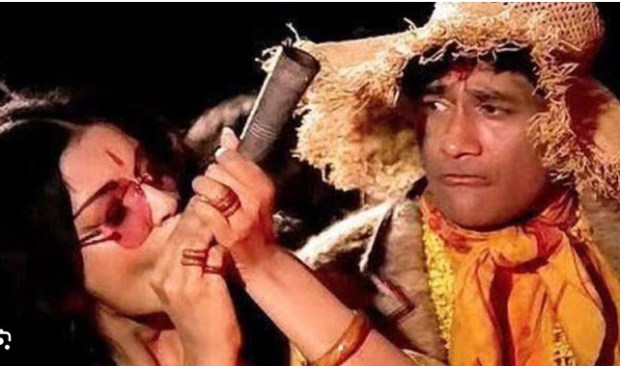
In 2021, RD Burman’s cult hit ‘Dum Maaro Dum’ inspired the launch of Apple’s iPhone 13. My point? Hindi cinema and its music have been making inroads into the global culture since time immemorial. Hindi has travelled far and wide through songs, dialogues, and punch lines, and recently we saw fans in different parts of the world dancing to Shah Rukh Khan’s hit, ‘Jhoome Jo Pathaan’.

The wonderful thing about the Hindi that we hear in our cinema is that it has been enriched by screenwriters who have great literary skills. We have had writers ranging from Wajahat Mirza (Mughal-e-Azam, Mother India), Khwaja Ahmad Abbas (Awara, Mera Naam Joker, Bobby), Abrar Alvi (Sahib Bibi Aur Ghulam), Kaagaz Ke Phool, Pyaasa), Rahi Masoom Raza (Main Tulsi Tere Aangan Ki, Mili, Disco Dancer, Lamhe), Kadar Khan (Coolie, Amar Akbar Anthony, Muqaddar Ka Sikandar, Satte Pe Satta, Agnipath) to Salim Javed (Deewar, Trishul, Don, Sholay) and many more. And so many of them have brought lyricism, substance, and the flavour of India’s diversity into our cinema. Wajahat Mirza wrote Dilip Kumar’s ‘Ganga Jamuna’ in the ‘Awadhi’ dialect!
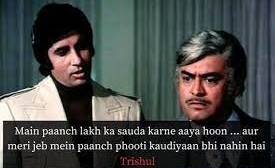
It would not be an exaggeration to say that Hindi cinema has become a part of India’s vocabulary. It has become a part of mine. In fact, on my 60th birthday, I reminded Mr. Amitabh Bachchan that his character in ‘Trishul’ and his dialogue, “main paanch laakh ka sauda karne aaya hoon aur mere paas paanch phooti kaudiyan bhi nahi hain” had inspired me immensely when I first came to Mumbai. And he was gracious enough to say that the credit for these lines should go to the writers.
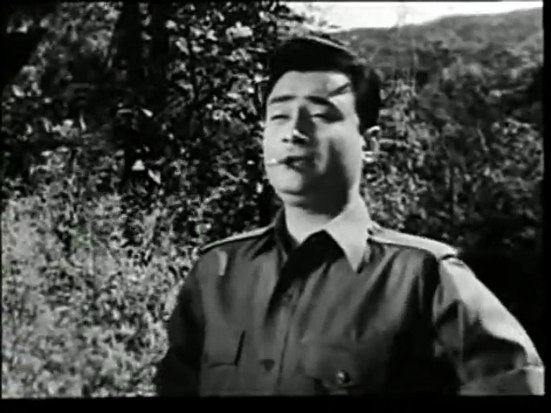
Hindi film music also has served as a constant soundtrack of our lives. For every occasion, every situation and every emotion, there is a Hindi film song. Our lyricists were not just poets but philosophers. I am sure, like me, millions of people have derived solace and inspiration from songs like, “Ruk jaana nahin,” “Main zindagi ka saath nibhata chala gaya,” and many more.
It is also important to understand that Hindi cinema and music are representative of our evolution as a nation. From ‘Duur hato ae duniya waalo Hindustan hamaara hai’ (1946) to ‘Dil diya hai jaan bhi denge, ae watan tere liye,’ (1986), we have come full circle. And this circle is growing bigger as we speak and win over audiences in India and abroad.
(Anand Pandit is a seasoned producer who is well-known for movies like Section 375, Bazaar, Sarkar 3, Thank God, Total Dhamaal, Big Bull, and Chehre, among others.)
